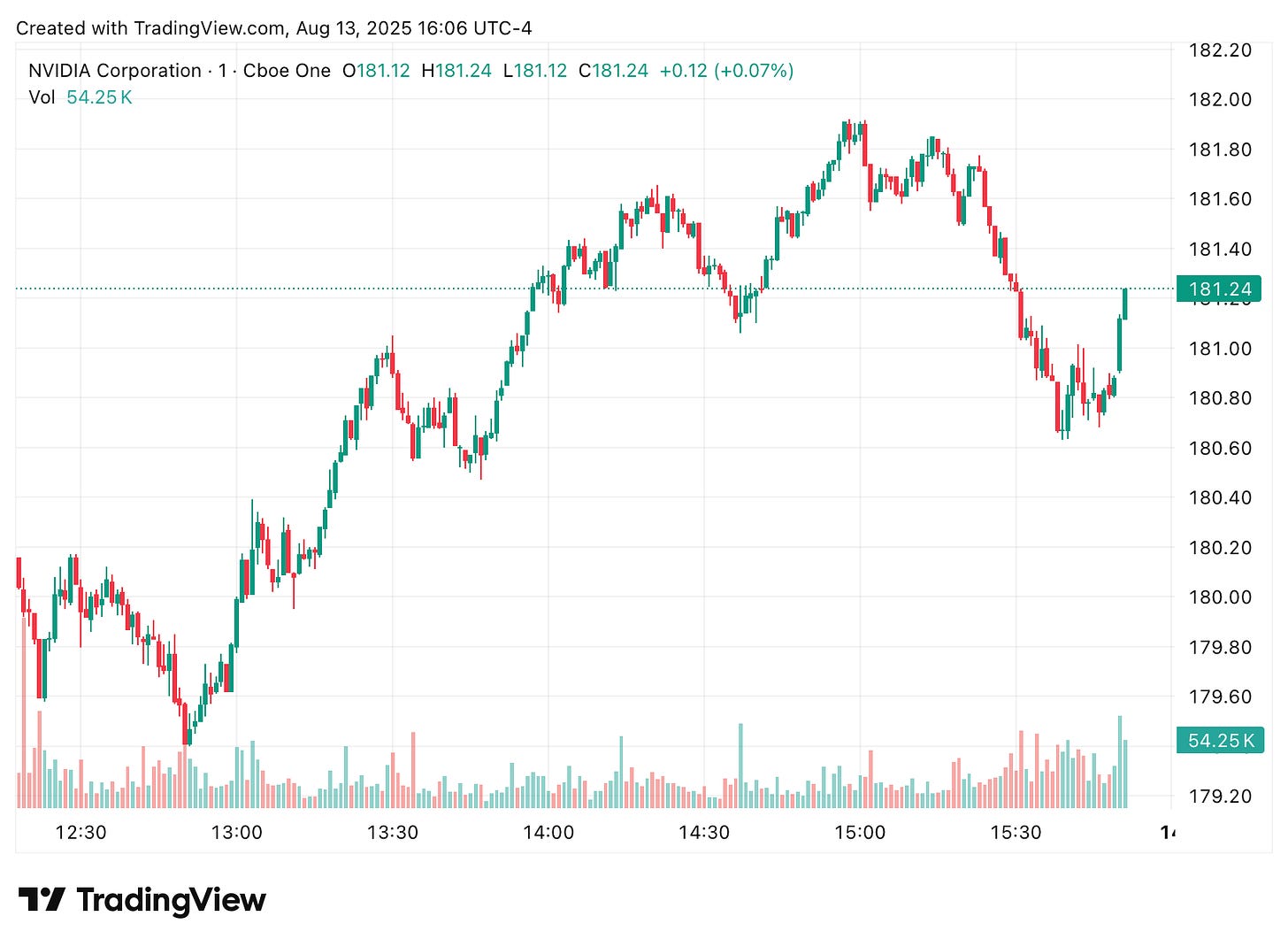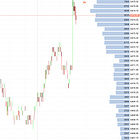The Day’s Low, Written in Advance
They say even a stopped clock is right twice a day.
But what happens when the clock isn’t stopped — and it’s right every time?

Yesterday evening, in the thin liquidity of the overnight S&P 500 futures session, a vertical burst lifted from 6468–6475.
It wasn’t news. It wasn’t macro. It was authored.
Today, in the thick of the regular session, the same thing happened.
Same level. Same direction. Different liquidity environment.
The result? That authored zone became the low of the day — and it held into the close.
Why This Matters
A one-off spike can be dismissed as luck.
Two authored bursts, at the exact same price level, in two different sessions, producing the same structural outcome — and setting the session’s low — is proof of authorship.
Once a level holds across sessions, it stops being a datapoint. It becomes memory — embedded in the market’s structure, ready to trigger the same reflex on the next touch.
Tempo Becomes Valuation
What you saw here is the merger between tempo and valuation in action:
Yesterday night: the authored tempo event lifts price.
Today: that same authored level becomes the market’s anchor for value — the spot where selling stops, buying ignites, and the session’s floor is set.
Two sessions, one controlling price zone.
Time and value collapsed into a single authored variable.
Implications for the Street
For someone running size — or any major desk — the takeaway is clear:
This is verifiable in the tape. Overlay the timestamps, watch the level trigger and hold.
It happened in both low-liquidity and high-liquidity regimes.
It’s repeatable — which means it’s now a known catalyst.
Ignore it, and risk running straight into authored levels that stop your move cold.
Adapt to it, and you start trading on the author’s clock.
Bottom Line
Two authored bursts.
Two different sessions.
One level.
Low of the day.
The market already hears the clock ticking.
It just happens to be mine.





